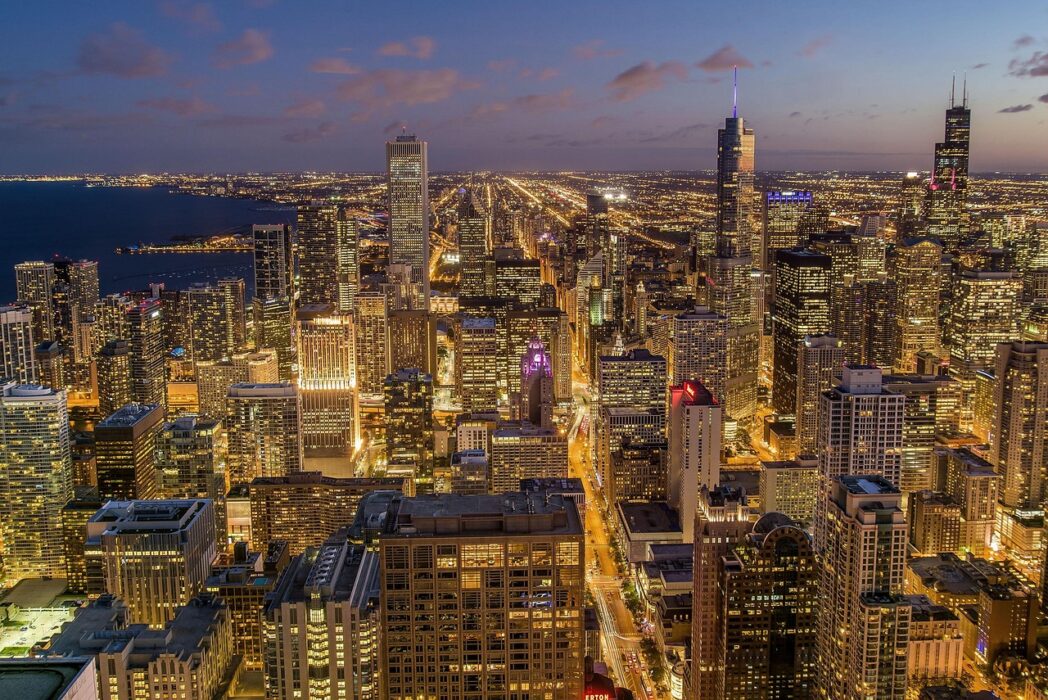The way Americans choose where to live has fundamentally changed. For generations, career opportunities dictated geography—you moved where the jobs were. But the remote work revolution flipped that script, and millions of Americans are making moves their parents’ generation never could have imagined.
The Numbers Tell a Surprising Story
Between 2020 and 2024, domestic migration patterns shifted dramatically. According to U.S. Census data, states like Texas, Florida, North Carolina, and Tennessee have been the biggest winners, while California, New York, and Illinois have seen the largest exodus. But the story goes deeper than just red state/blue state headlines.
Mid-sized metros are the real stars of this migration story. Cities like Boise, Idaho; Austin, Texas; Raleigh, North Carolina; and Nashville, Tennessee have seen population surges of 15-25% in just a few years. Even smaller markets like Spokane, Washington; Greenville, South Carolina; and Huntsville, Alabama are experiencing unprecedented growth.
It’s Not Just About Money (But Money Helps)
Yes, cost of living is a major factor. A software engineer earning $150,000 can buy a 3,500 square-foot home in Boise for what a 900 square-foot condo costs in San Francisco. That math is simple and compelling.
But interviews with thousands of relocators reveal more nuanced motivations:
Quality of Life Rebalancing: When your commute disappears, suddenly proximity to outdoor recreation, better weather, or family becomes more valuable than proximity to headquarters. People are choosing mountain views over subway stops.
The “Goldilocks City” Phenomenon: Remote workers are seeking cities that are “just right”—big enough for good restaurants, cultural amenities, and airport access, but small enough to afford space and avoid soul-crushing traffic. Cities of 200,000-800,000 people are hitting this sweet spot.
Tax Strategy: Seven states have no income tax (Alaska, Florida, Nevada, South Dakota, Tennessee, Texas, and Wyoming), and two more (New Hampshire and Washington) don’t tax earned income. For high earners working remotely, that’s tens of thousands in annual savings.
Space as the Ultimate Luxury: After being cooped up during lockdowns, Americans decided space matters. The ability to afford a home office, a yard, and an extra bedroom for guests is driving relocations as much as any other factor.
The Unexpected Consequences
This migration is reshaping destination cities in fascinating ways:
Housing Markets on Fire: Many destination cities weren’t prepared for the influx. Boise’s median home price jumped 75% in three years. Austin added 181 people per day at its peak. Local residents in these markets are experiencing the double-edged sword of growth—their home values are soaring, but so is everything else.
Culture Clash and Integration: Long-time residents in places like Boise, Nashville, and Austin have mixed feelings about newcomers. Some welcome the economic growth and diversity of perspectives. Others worry about losing the character and affordability that made their cities attractive in the first place. Most destination cities are navigating this tension actively.
Infrastructure Playing Catch-Up: Roads, schools, and utilities in many growth cities are struggling to keep pace. The Boise area, for example, is scrambling to build new schools and expand highways to accommodate the surge.
The Boomerang Effect
Interestingly, about 20-30% of remote work relocators end up moving back to their original cities or to different destinations within 2-3 years. Common reasons include:
- Underestimating how much they’d miss their original city’s culture, food scene, or social networks
- Difficulty making new friends as adults in new cities
- Eventual return-to-office mandates
- Discovering the destination city wasn’t quite the right fit
- Missing family more than anticipated
Regional Winners and Emerging Trends
The South’s Rise: The Southeast and Texas are dominating migration patterns. Affordable housing, job growth, lower taxes, and better weather are a powerful combination. Cities like Charlotte, Tampa, Dallas, and Atlanta are becoming powerhouses.
Mountain West Appeal: Boise, Salt Lake City, and Denver continue to attract outdoor enthusiasts and tech workers seeking adventure lifestyle alongside career opportunities.
The Midwest’s Quiet Comeback: Cities like Columbus, Indianapolis, and Kansas City are attracting attention from relocators seeking extreme affordability and surprising cultural amenities. These cities offer some of the best cost-of-living-to-quality-of-life ratios in the nation.
Zoom Towns: Small resort communities like Jackson Hole, Wyoming; Bend, Oregon; and Asheville, North Carolina have become “Zoom towns”—places where remote workers can live in outdoor paradises while maintaining big-city careers.
What This Means for You
If you’re considering a remote work relocation, the data suggests a few key takeaways:
- Move fast, but not too fast: Visit several times, including during off-season, before committing. Try a long-term rental first if possible.
- Factor in total lifestyle costs: Lower housing costs can be offset by higher car insurance, property taxes, utilities, or the need for a second car.
- Consider your company’s policies: Remote work policies are still evolving. Understand whether your employer allows out-of-state moves and what that means for compensation.
- Think about your social life: Moving to a beautiful place is great, but making friends as an adult takes effort. Look for cities with strong transplant communities or shared-interest groups.
- Climate matters more than you think: That Arizona heat or Minnesota winter is easier to tolerate when you’re just visiting. Living through it is different.
The Future of American Migration
The remote work migration trend appears to be stabilizing rather than reversing. While return-to-office mandates have slowed the pace, hybrid work arrangements have become permanent for millions of Americans. This means geographic flexibility—and the migration patterns it enables—is likely here to stay.
The question isn’t whether remote work will continue reshaping where Americans live. It will. The question is which cities will successfully manage growth while maintaining affordability and character, and which individuals will find the right match between their life priorities and their location.
For many Americans, the ability to choose where to live based on lifestyle rather than employer location represents one of the most significant freedoms in a generation. How they use that freedom will shape American cities for decades to come.


